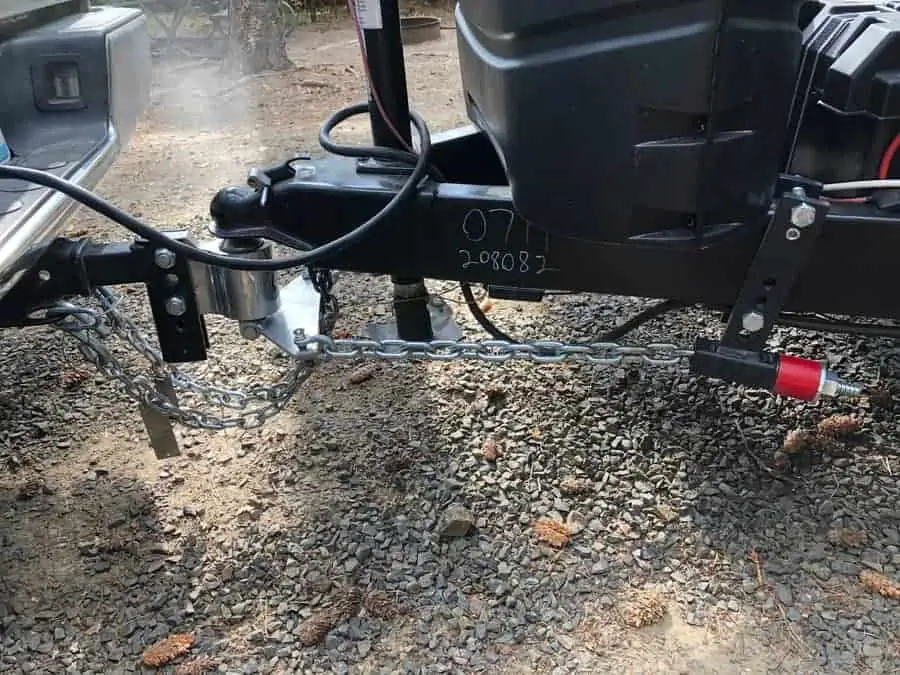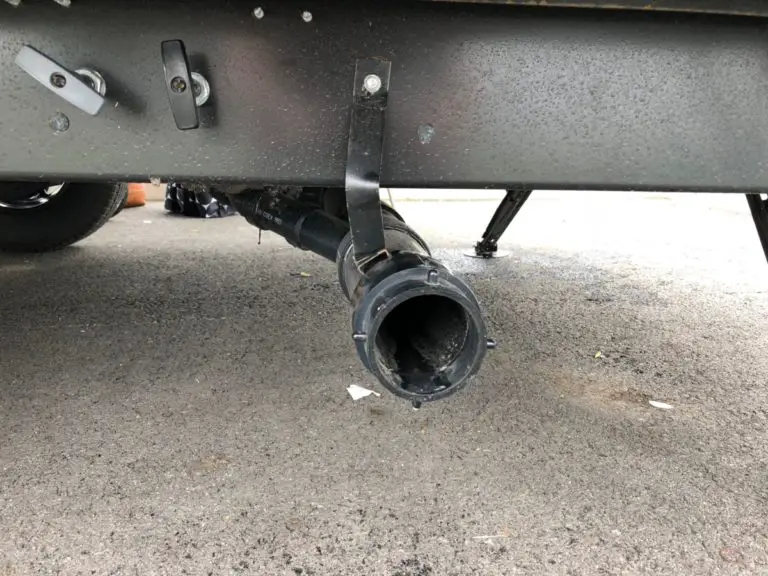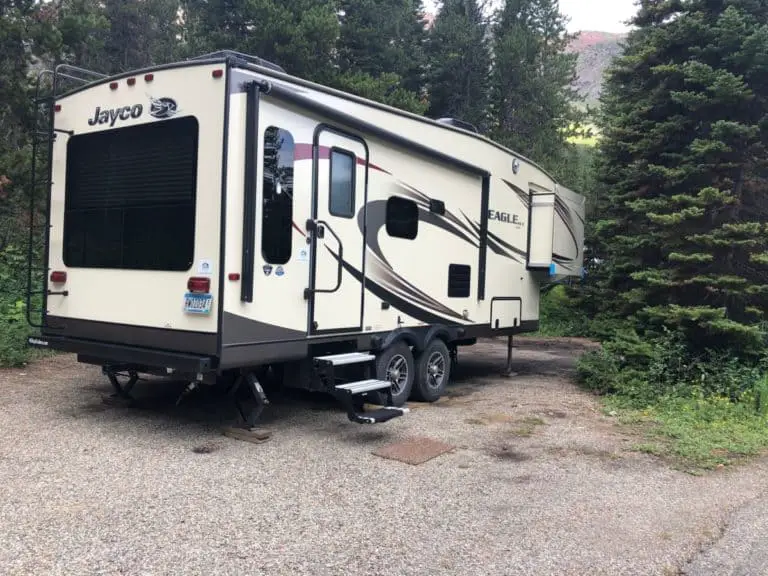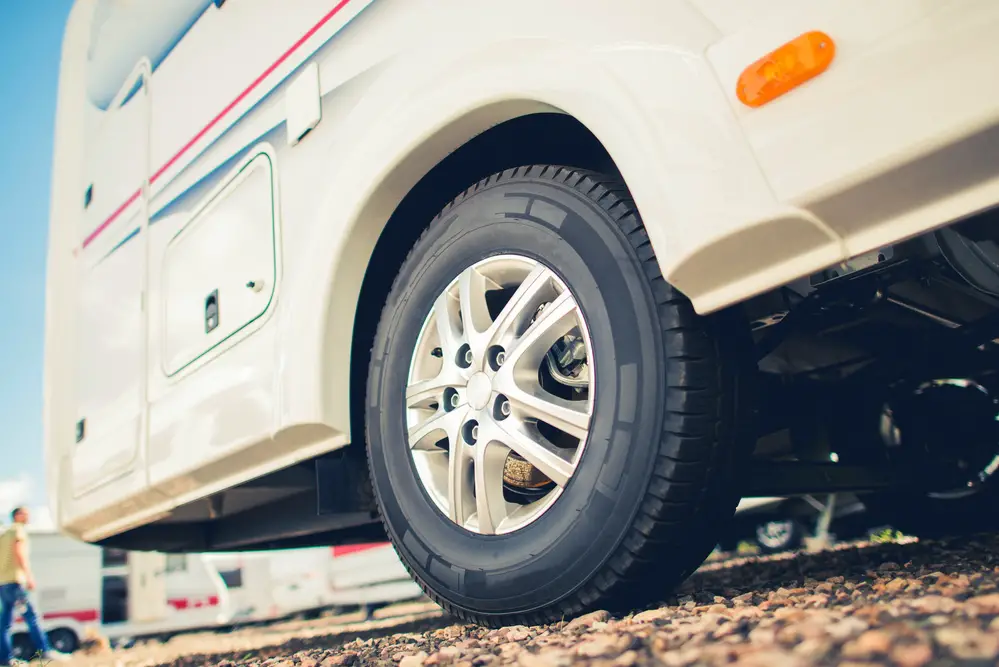Is a Weight Distribution Hitch the Same as a Sway Bar? 7 Differences
If you’re new to the world of towing, it can be a surprisingly confusing one. There are lots of different terms, pieces of equipment, and rules that apply to towing different types and sizes of things. Something that people new to towing often get confused about is thinking that a weight-distribution hitch and a sway bar are the same things.
Although they fulfill similar jobs when it comes to towing trailers and campers, a weight-distribution hitch and a sway bar aren’t the same. Sway bars reduce sway, and weight distribution hitches transfer weight from the rear axle to the front. The goal of both is to make towing safer and smoother.
If you’re wondering how weight distribution hitches and sway bars are different and why it matters, you’re about to find out. Depending on your vehicle and what you’re towing, you may need one or both of these components installed.
What is a Weight Distribution Hitch and What Does It Do?

A weight distribution hitch consists of a special hitch on your truck that has dual bars or chains that connect from the hitch to the tongue or front end of the trailer you’re towing. These bars or chains then connect to your truck in a way that distributes weight evenly throughout the tow vehicle. It makes it so that the same amount of weight is on the front axles as the rear axles, which takes stress off of the back end of your truck.
You’ll know that a weight-distribution hitch is doing its job when you hook your trailer up to your truck and the back end of the truck doesn’t sag or squat excessively. This makes for a smoother and more level towing experience and reduces the risk of damage to your towing vehicle.
What are Sway Bars and What do They Do?
Sway bars, while looking and acting similar to a weight-distribution hitch, aren’t the same thing. Sway bars or sway controllers are metal or steel bars that attach from the hitch on your towing vehicle to the tongue of the trailer you’re towing. They’re designed to keep your trailer or RV from swaying back and forth as you’re driving down the road, but don’t distribute weight evenly throughout your towing vehicle.
Sway bars get used mostly by trucks with a rear-mounted ball hitch that is towing large trailers or RVs. No matter how tight the coupler on a trailer fits around the ball on a trailer hitch, there will always be room for sway when traveling at high speeds. Sway also happens when a heavy wind hits the side of your trailer. Sway bars are designed to help prevent excessive back and forth movement of the trailer, but don’t distribute the weight of the trailer throughout the towing vehicle.
What are the Differences Between Sway Bars and Weight Distribution Hitches?
Now that you have a good idea about what each tool gets used for, let’s look at the main differences between them.
Weight Distribution Hitches Use Chains or Bars
Depending on the type of weight distribution hitch you use, it might attach from the trailer to the towing vehicle with chains or bars. Any type of sway control system, however, will have solid steel or metal bars connecting the trailer to the truck to prevent swaying.
Sway Bars Only Prevent Sway
The main difference between the two systems is in their capabilities. Sway bars, for example, do nothing to distribute weight evenly throughout your towing vehicle. As a result, a bulk of the tongue weight from your trailer will sit solely on the bumper of your towing vehicle. This isn’t a big deal for hauling smaller trailers and campers, but it can be an issue with heavier trailers.
Some Weight Distribution Hitches Also Have Sway Control
While sway bars can only prevent swaying, certain types of weight distribution systems can do both sway control and weight distribution. Hitches that connect from the trailer to the truck with metal bars instead of chains can fulfill both duties. They evenly distribute weight along the front axles, rear axles, and hitch of your towing vehicle, and can also keep your trailer from swaying.
Weight Distribution Hitches Help Keep the Trailer Tongue Level
Because your weight distribution hitch evenly distributes weight throughout your towing vehicle, it takes a ton of pressure off of the trailer hitch. For example, when you connect a trailer to a vehicle without weight distribution, you’ll notice that the back end of the vehicle sinks down. With a weight-distribution hitch, however, the back end of the vehicle stays level and doesn’t buckle.
This leads to a smoother, safer towing experience and ensures that you’ll have the same amount of traction on the front and back tires.
Sway Control is Optional
At the end of the day, if you don’t want to invest in and deal with sway control bars, you don’t have to. They’re completely optional and are only meant as an accessory to make your ride smoother and safer, but they aren’t required by law.
Weight Distribution Hitches are Sometimes Required
Weight distribution hitches, on the other hand, are sometimes required by law depending on the size of your towing vehicle and whatever you’re towing. The general consensus is that if the thing you’re towing is half the weight of your towing vehicle, you should have a weight-distribution hitch.
For example, if you have a 4,000-pound Chevy Silverado and you’re towing a 2,500-pound RV or trailer, you should have a weight-distribution hitch. Even if it isn’t required by law in your area, it’s still better and safer than towing without a weight distribution system.
Some Weight Distribution Hitches Allow for More Maneuverability
No matter what type of sway control bars you have installed on your vehicle, they won’t allow for maneuvering in reverse. Because the bars are stiff and attach directly from the trailer tongue to the truck hitch, they won’t pivot when you’re backing up or making tight turns.
Weight distribution hitches, on the other hand, may allow for more maneuverability depending on the type of hitch you have. Hitches that attach to your trailer with chains instead of sway bars, for example, have flexibility and room to pivot when you’re backing up or making tight turns. If your hitch has built-in sway control, however, there will be less maneuverability.
Our Favorite Weight Distribution Hitch with Sway Control
Our favorite hitch is the Andersen No Sway Hitch. We have used it for several years and has provided us many miles of quiet trouble free operation.
Be the first to be notified about FREE tips, hints, coupon codes, and email-exclusive information. All for FREE!










